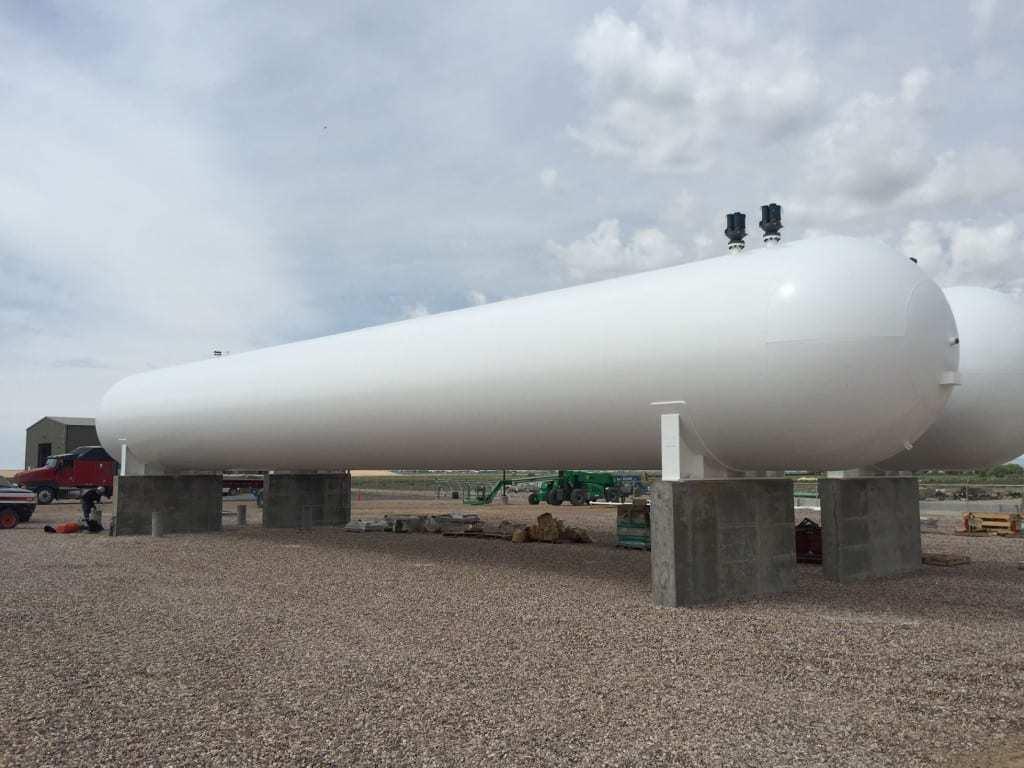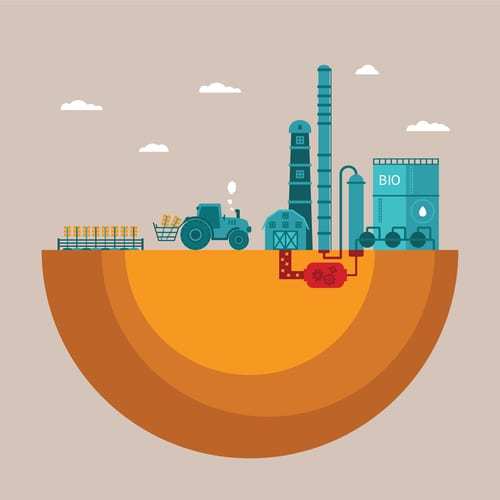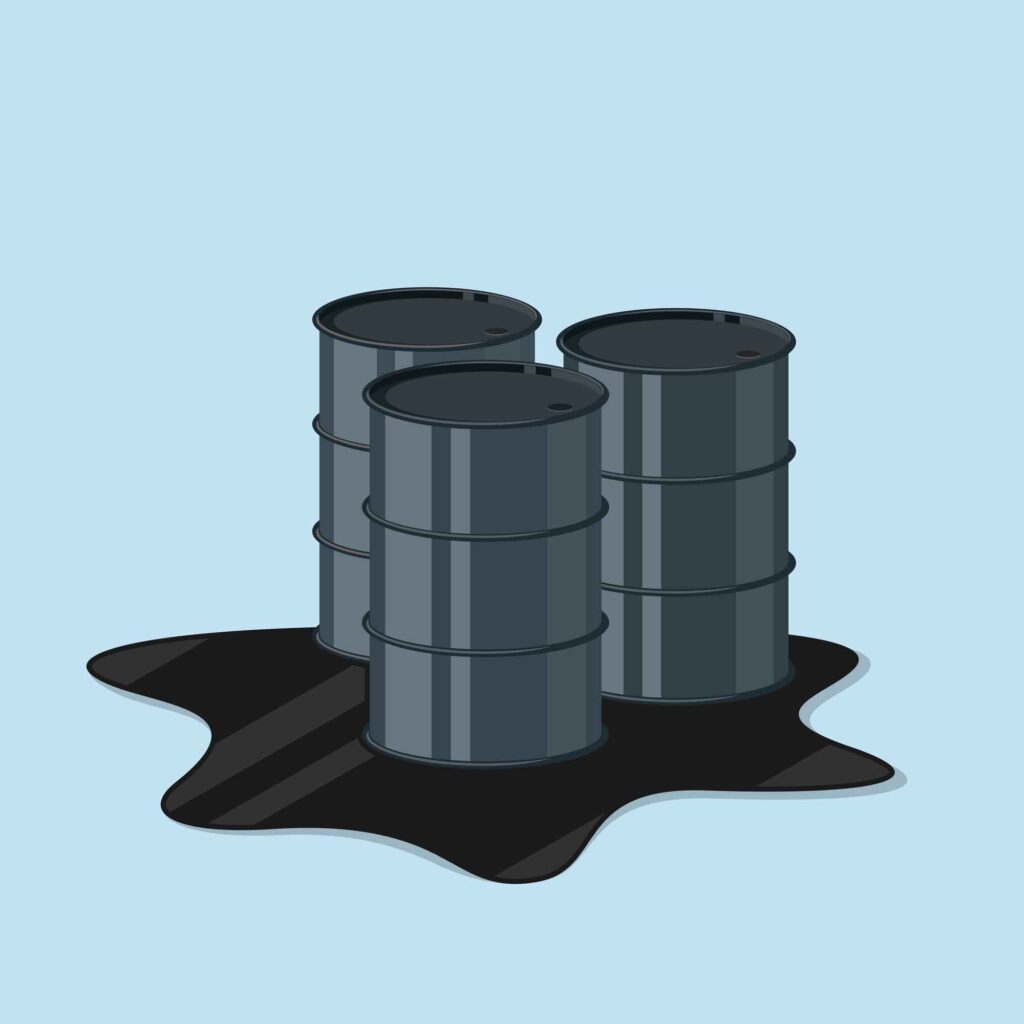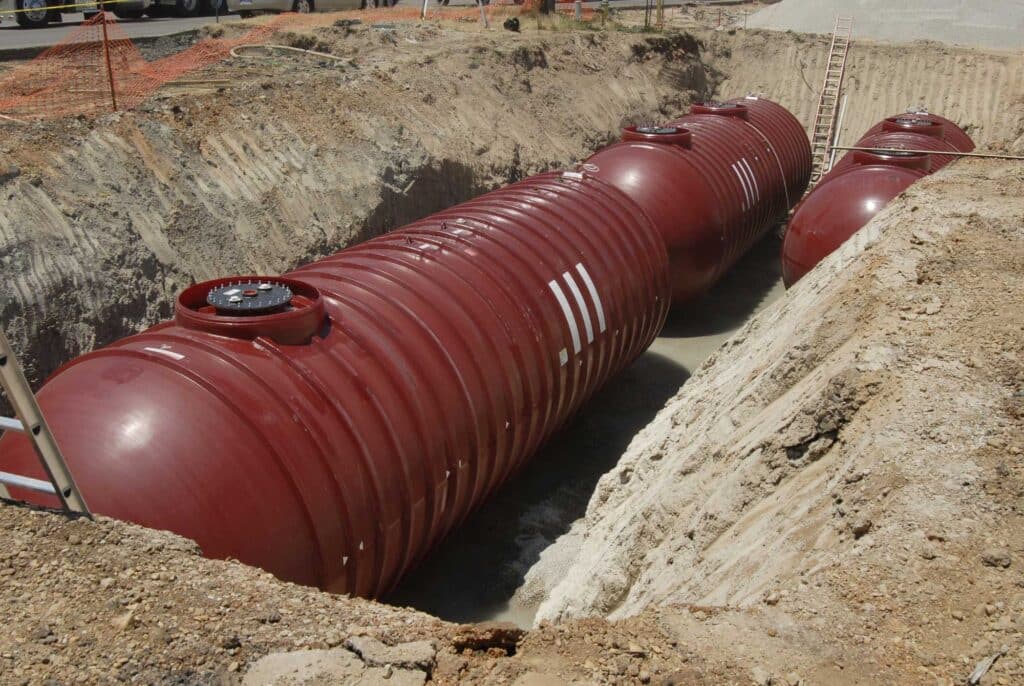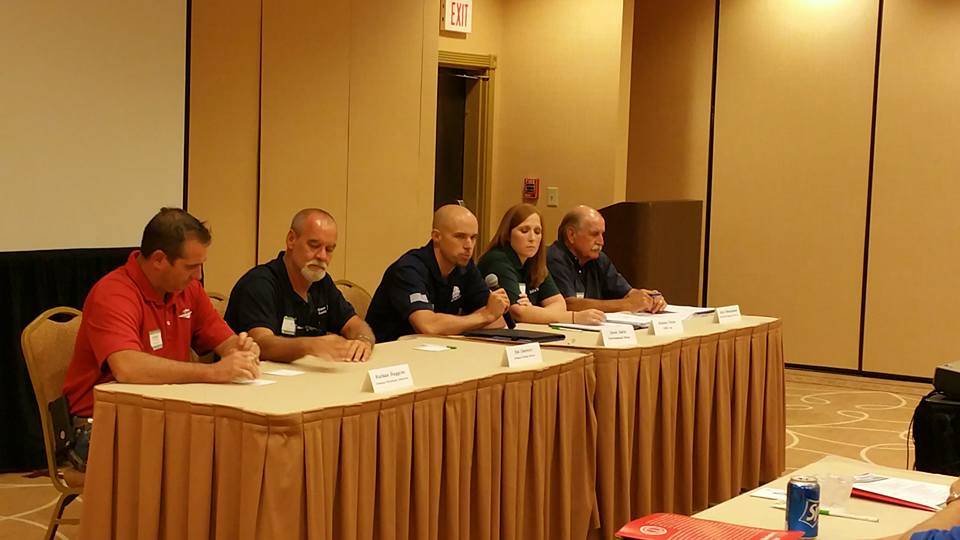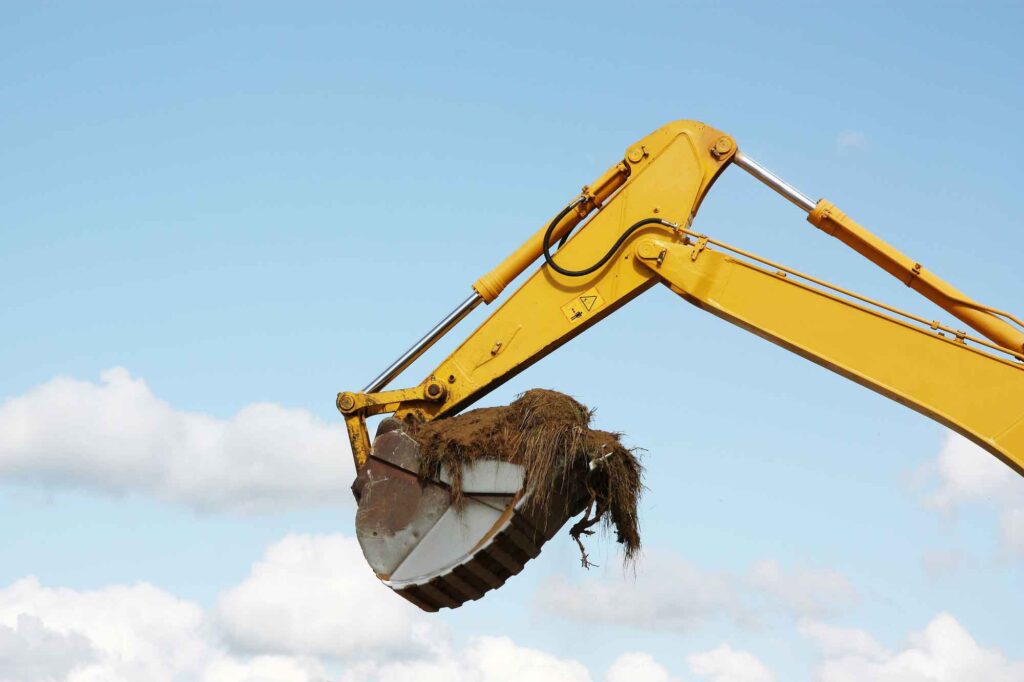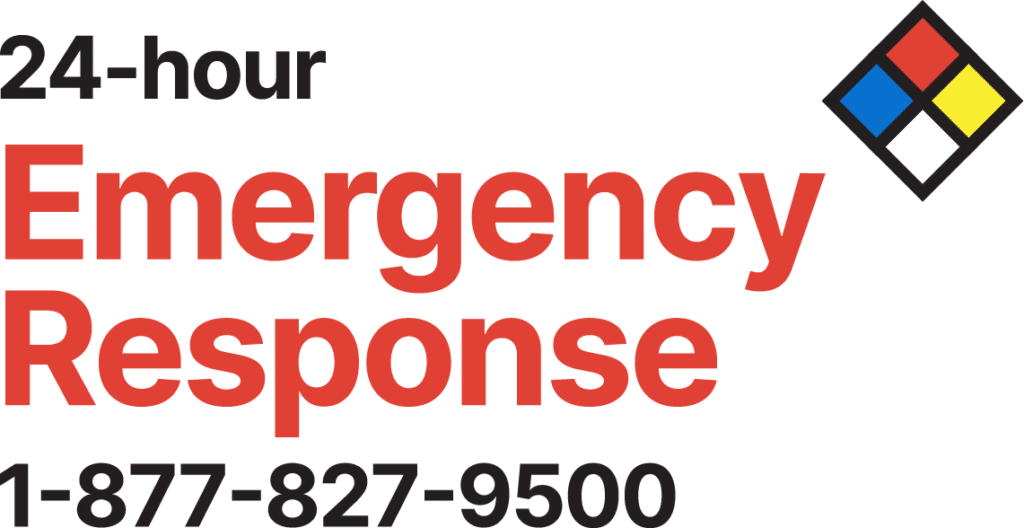An environmental site assessment (ESA or Phase I ESA) identifies and reports on potential or existing environmental liabilities for pre-existing contamination. If done properly, a buyer can satisfy one of three legal defenses under the federal Superfund law (CERCLA); a law that otherwise makes landowners strictly liable for pre-existing contamination. A property buyer can avoid this …
API-510 Pressure Vessel Inspection
Pressure vessels perform an important duty, but they also pose a significant risk if they aren’t maintained properly and inspected regularly. If you have a pressure vessel that was built in accordance with a vessel code, such as ASME Section VIII, you will need to be prepared for the API-510 pressure vessel inspection. This code …
Steel Tank Institute Inspection: The SP-001
Do you have a shop-manufactured storage tank under 30 feet in diameter? If so, your tank likely falls under the Steel Tank Institute inspection guidelines for storage tanks. The SPCC mandates that all tanks that contain petroleum and other hazardous liquids must be inspected, and the most commonly used code for these inspections is the SP-001. Today …
Report: Compatibility Considerations for UST Systems
In October of 2015, the Emerging Fuels Task Force Tank Subcommittee of the Association of State and Territorial Solid Waste Management Officials (ASTSWMO) issued a new report discussing compatibility issues regarding underground storage tanks (USTs) and biofuels, ethanol, and ultra-low-sulfur diesel. The report is titled Compatibility Considerations for UST Systems, and it was prepared with assistance …
Used Oil Management FAQs
Anyone who works with used oil knows how important it is to handle the resource carefully and dispose of it safely. The RCRA used oil management standards provide the guidelines you need, though it is important to note that requirements vary by state and your state’s rules may be stricter than those of the RCRA. In …
New EPA UST Regulations
Have you heard about the new EPA Underground Storage Tank (UST) regulations? The changes were made for a variety of reasons, including: To provide regulation for previously unregulated areas (i.e., tribal lands) To improve operation and maintenance and reduce petroleum releases To address UST systems that were deferred in the 1988 regulations (such as USTs serving …
EWI President Featured During AOMA Annual Environmental Workshop
On Thursday, August 27, 2015, EWI President Jason Smith was featured on a panel of industry experts for the Arkansas Oil Marketers Association (AOMA) annual Environmental Workshop. The panel fielded questions from the 80+ attendees regarding recent issues they’ve encountered in the field, how EPA’s recent changes to the UST regulations will financially impact tank …
How and When to Use a Restrictive Covenant
Sometimes it is not possible to completely remove a contaminant or remediate a site. In these situations, a restrictive covenant might be used to limit the land’s use and minimize or eliminate exposure to the remaining contaminants. The covenant clearly spells out the conditions and acceptable uses of the property, so that future buyers and residents …
EPA’s New Waters of the U.S. Rule
NOTE: As of December 8, 2015, this post has been updated to include the memorandum issued by the EPA and the U.S. Army Corps of Engineers on November 16. Please view the update below. Earlier this year, the Environmental Protection Agency (EPA) and the U.S. Army Corps of Engineers (Army Corps) issued a final rule that …
Environmental Remediation Services
Remediation refers to the process of reversing or stopping environmental damage. When a site characterization reveals that unacceptable risks from a contaminant are present at a site, this process may be warranted. During environmental remediation, pollution and contaminants are removed from a site’s soil, groundwater, sediment, or surface water to ensure that they don’t negatively impact human health …



